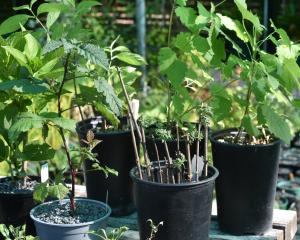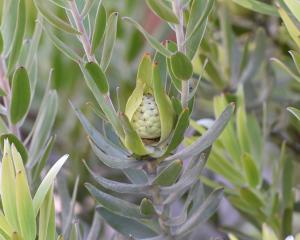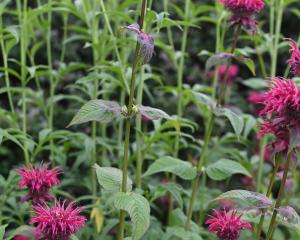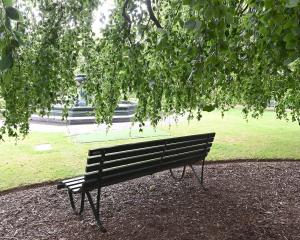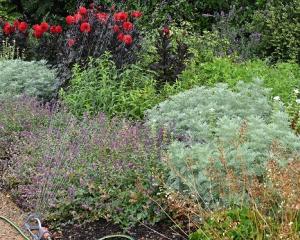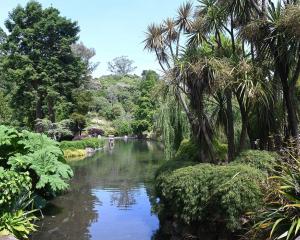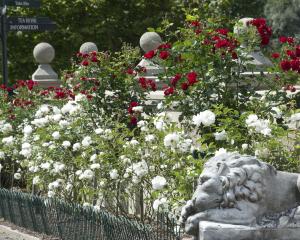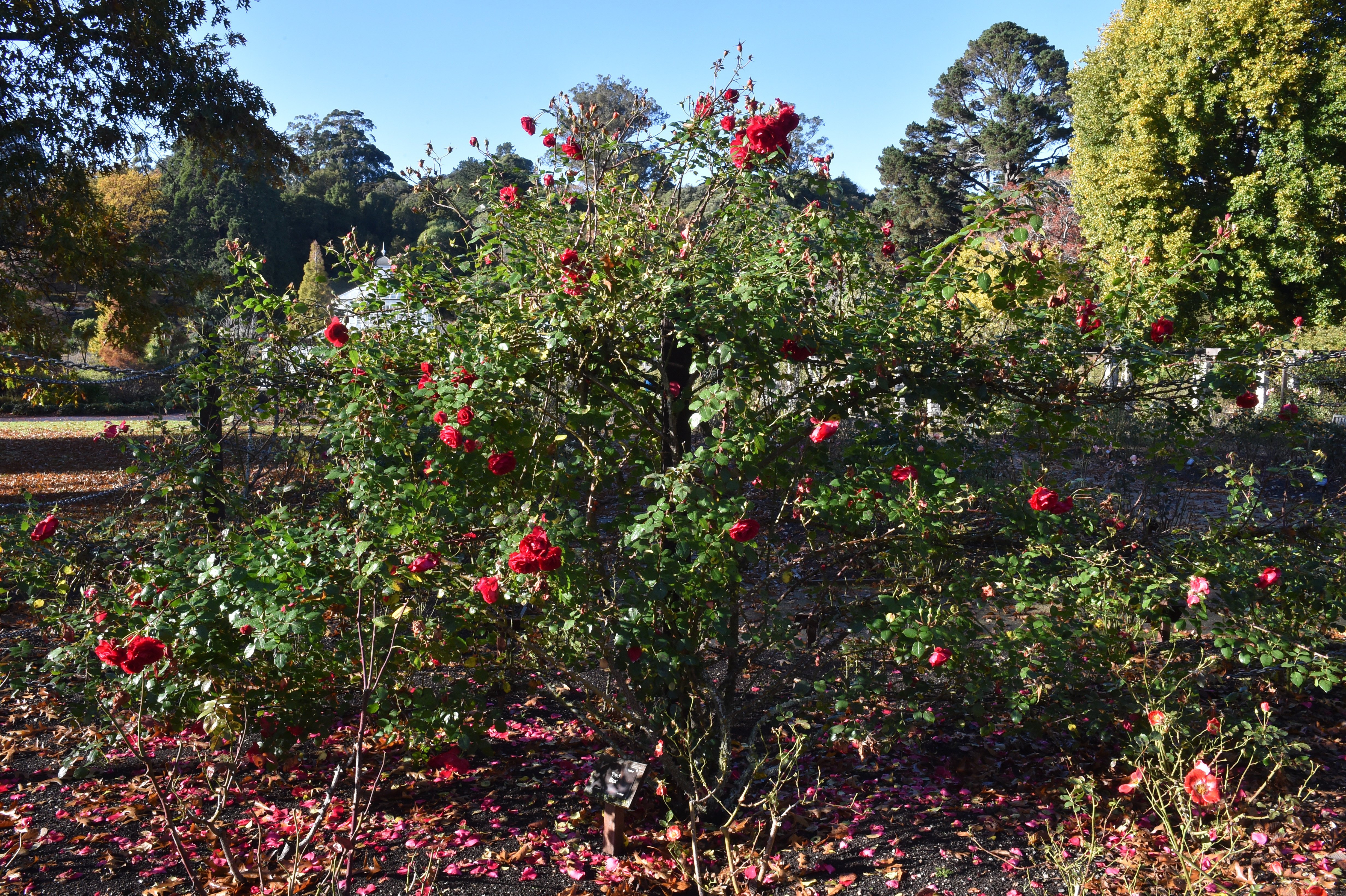
They can also act as a visual barrier, providing height or depth to the garden or simply enhancing a garden structure.
They’re very suitable for smaller gardens. Now is a good time of year to consider purchasing a climbing rose as they will be coming into the garden centres very soon.
Climbers have a wide variety of growth habits. If room is not a problem, then a rambler may be ideal. They have more pliable canes but generally don’t repeat flower as well.
Rosa ‘Wedding Day’ is an excellent specimen with clusters of scented creamy white flowers followed by small bright orange hips in the autumn.
A modern climber will repeat-flower and is more restrained in the garden situation. A good example is R. ‘Cupcake’. It has masses of soft pink flowers, is very healthy and quick to establish.
Don’t forget the classic red flowering R. ‘Dublin Bay’. You can also find a selection of patio or pillar climbers. They have smaller flowers and smaller growth habit.
After the initial planting, you need to follow up in the formative years by training the rose to climb or cascade over the structure.
At the Dunedin Botanic Garden rose garden, climbers have been trained on the horizontal along chains in the middle of the rose beds or trained up the pillars and along the wire above the pergola structure. This encourages more flowering.
• Garden Life is produced by Dunedin Botanic Garden. For further information contact Linda Hellyer.




